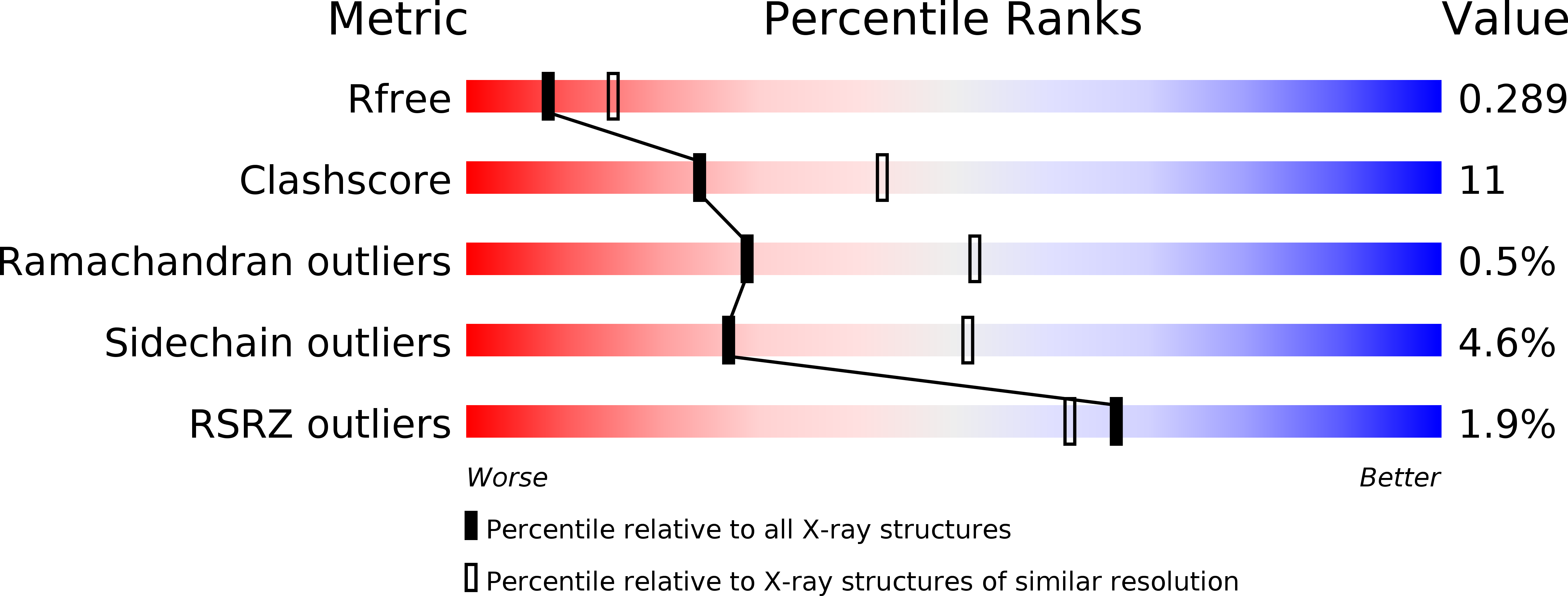
Deposition Date
2015-12-21
Release Date
2016-01-20
Last Version Date
2024-11-20
Entry Detail
PDB ID:
5FGO
Keywords:
Title:
Crystal structure of D. melanogaster Pur-alpha repeat III.
Biological Source:
Source Organism:
Drosophila melanogaster (Taxon ID: 7227)
Host Organism:
Method Details:
Experimental Method:
Resolution:
2.60 Å
R-Value Free:
0.28
R-Value Work:
0.20
R-Value Observed:
0.20
Space Group:
P 1 21 1


